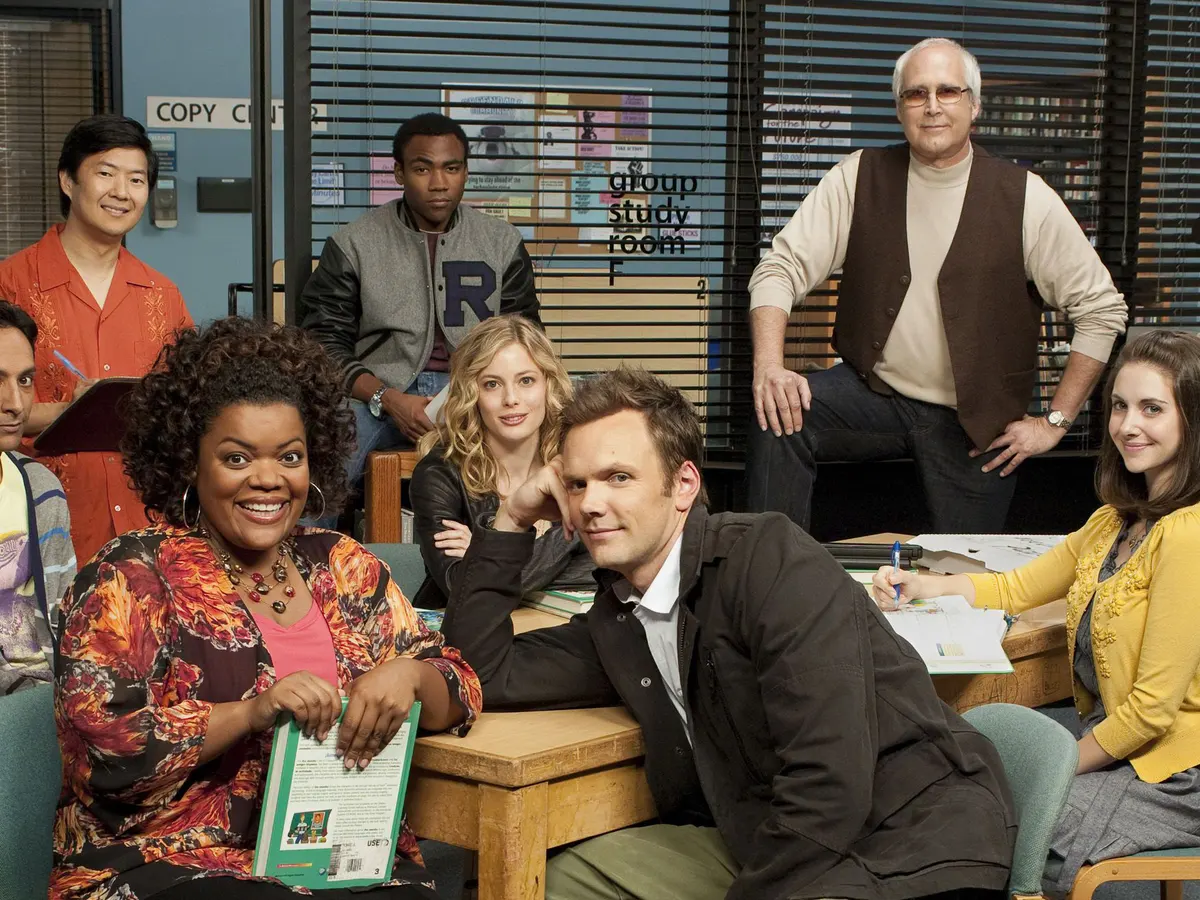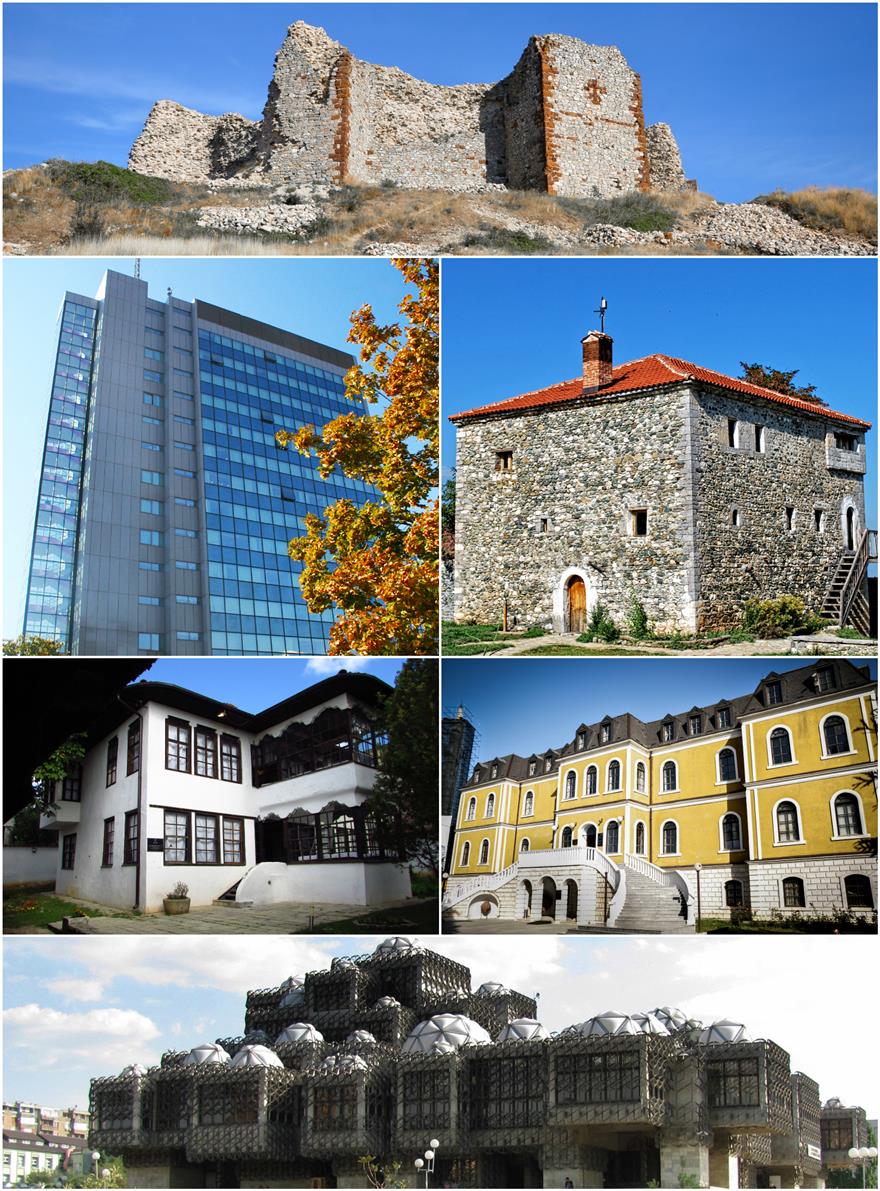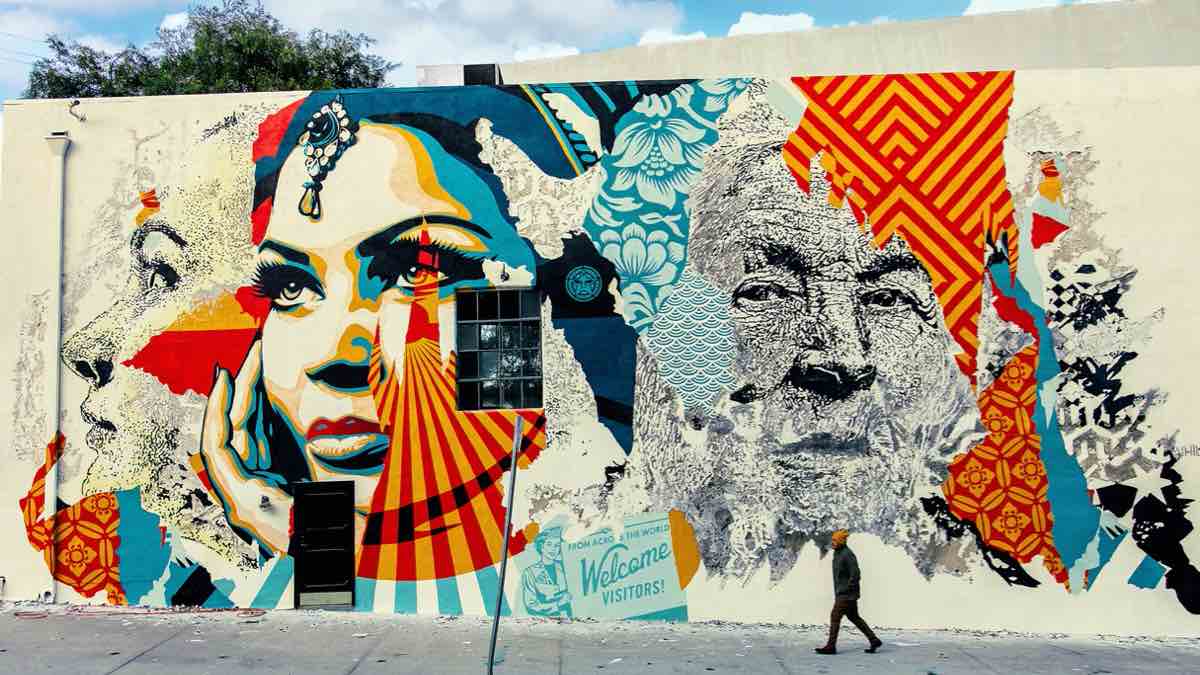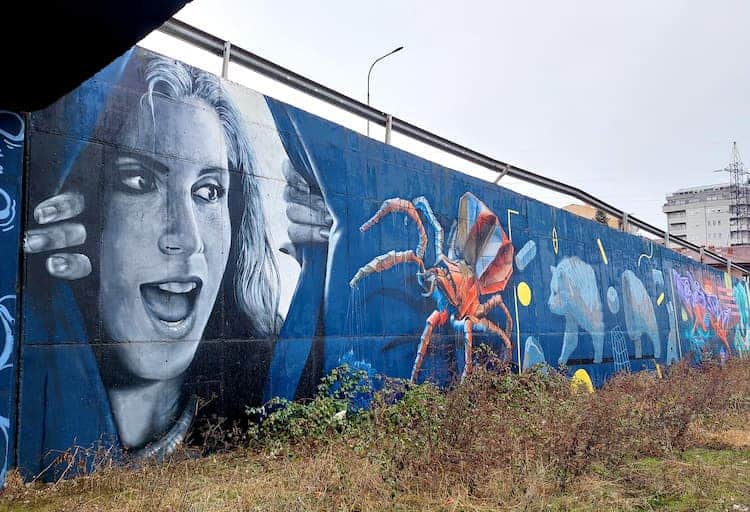Learning About Kosovo Through Service
A portion of your ACL has been torn, he said ominously. The unfriendly doctor changed my upcoming travel arrangements by two weeks with just seven words. Great timing, buddy, I thought as I examined my still swollen knee.The intended agenda included charity work, snowboarding, and more snowboarding.
Which meant that two-thirds of everything had to be thrown away. A new plan of attack was developed after some Saturday afternoon brainstorming and study. There was just one remaining part of the project, and that was to spend 10 days helping in Kosovo.
Kosovo, one of the youngest countries in the world, waged a destructive war against Serbia in the late 1990s and declared independence in 2008. It is squeezed between Serbia, North Macedonia, Albania, and Montenegro.
My little car was jam-packed with boxes of children’s books and female sanitary pads that I had gathered from friends and family in the weeks leading up to my departure and had labeled ‘DONATIONS!’ in big, bold letters in the hopes of avoiding confiscation by the Serbian customs agents.
I left my house in Latvia a few days before Christmas, and the Hungarian-Serbian border at Röszke-Határátkel was bustling with returning expat Serbs.The border guard asked me as she accepted my papers, “Where are you going?” in a sharp tone.
Possibly too hastily, I announced, “I’m going to Pristina for volunteer work, then across through Montenegro, heading back into the EU via Croatia.” Silence. She looked at my face, then at my passport, and back at my face again.She questioned, “Transit?””Transit,” I called back.

KOSOVO
She indicated that I should continue. The drive was not unpleasant in and of itself until I had to make the surreal turn onto the deserted dual-carriage mountain road that would lift me to the Merdare border crossing. Navigating Belgrade’s congested streets was not as much fun as one might think, and Serbs on the highway can be quite the thrill-seeking sort.
Due to the requirement of a Kosovo-issued policy for drivers in Kosovo, I expected to incur more costs for insurance. After assisting a confused European customer, a friendly Kosovar cashier responded, “That’s it, friend.” She gave me a kind nod and a wave before disappearing.
The capital city of Pristina (also spelled Prishtina and pronounced PREESH.TEE.NA) was only 35 kilometers away, but the road leading there was a complete mess.
Because the road was a confused hybrid of freeway and urban street, even though the listed speed limit was 70 kilometers per hour, individuals habitually went far faster than that, and there were no traffic signals or clear roundabouts.
My apartment was in the supposedly rich Arberi neighborhood, not far from the American embassy and the KFOR headquarters, which is providing security assistance to Kosovo until its own security agency is ready to take over.
Among the supermarkets, fruit shops, and cafes that lined my street, I was surprised to see a large number of massage parlors. I suspected it offered sensual massages due to its close proximity to a big military post. Pristina’s smoky, bustling cafes add to the city’s gritty appeal.

PRISTINA IS DIFFERENT FROM OTHER EUROPEAN CAPITALS
Despite its crowded streets and varied architecture, the city center can be covered on foot in a single day. Visitors prefer Pristina to other European capitals like Rome and Vienna because of its fascinating story of the city’s recent past.
A statue of the former American president may be found on Bill Clinton Boulevard, a major and sometimes congested highway in the city, waving happily at Kosovar automobiles with its giant hands.
Clinton’s decision to commence air attacks against Serbia in 1999 was pivotal in bringing an end to the conflict and winning the support of the Kosovar people. The blasts were very audible. Two loud explosions cut through the chaos of lunchtime, and I immediately took notice.
Three shadowy individuals vanished from view behind a block of buildings. Fear obstructed my ability to see clearly. People were casually strolling through the streets with plastic bags slung over their shoulders. After that, I saw a group of kids, maybe adolescents, fiddling around with fireworks. Thoughts of the conflict and Kosovo were intertwined in my mind, I sensed no immediate danger.
I later found out that Pristina is actually rather secure as I took a stroll through the Iljaz Agushi Street bazaar with its fruit stalls and knockoff goods. The Museum of Kosovo, which had been closed for a long time for repairs, had just reopened, so I took a leisurely trip there to see its intriguing collection of fine Bronze Age statues and not-so-great modern weaponry.
Discovering Kosovo Through Volunteerism
I went to Qebaptore Meqa since I was both curious about the area and hungry for some kebabs and kofta (local meat patties). I was originally taken aback by the roughly ten-strong, all-male team behind the counter, but their warm greetings quickly put me at ease.
The pepper on my kebab was so hot that it made my mouth water. So that I could make my sandwich exactly how I wanted it, the meat, onions, peppers, and bread were all served on different plates, which I thought was brilliant.
The following day, though, was spent working nonstop. After all, I wasn’t simply passing through; I was volunteering with The Ideas Partnership, the largest nongovernmental organization in Kosovo, which runs programs to better the lives of the country’s minorities in the fields of education, healthcare, social services, and cultural preservation.
They work to support the marginalized Roma, Ashkali, and Egyptian communities in Europe’s second poorest country. A tough yet essential job to be done.
The staff at TIP’s headquarters gave me a quick rundown before transporting me to one of their centers in Neighborhood 29, a low-income region on the outskirts of Pristina. There is no heating in this little, dilapidated building.
With only a kindergarten, three classrooms, and a little office, the center barely has enough space to accommodate the dozens of children and adults who get instruction, meals, and other sorts of assistance. Women and children greeted me timidly as I arrived, their features soft and worn.
After years of traveling as a “regular tourist,” taking pictures and strolling around after excellent meals, my life was forever altered when I volunteered to help clean up after the disastrous floods in the Ahr Valley in Germany in the Summer of 2020, as recorded in this blog.
I used to get excited about going to a new destination, but those days are long gone. You wouldn’t expect a vacation to consist solely of eating and drinking, would you?Before taking the journey, I looked into TIP online, learned about their background, and communicated with their leadership for some time.
Thankfully, I found a community that was not just supporting the less fortunate, but also welcoming me in.
In an effort to better understand the challenges faced by the people who call Neighborhood 29 home, I decided to host a series of seminars for local teens, help construct a new community center, disperse money, and listen to their tales.

IT WAS A HARD YET FULFILLING EXPERIENCE
I owe a great debt of gratitude to the hardworking members of the TIP staff who made this challenging but rewarding experience possible. On a day off, I got back in the car and drove around Kosovo some more. Brezovica Ski Resort in Mali Sharr National Park, on the border with North Macedonia, was the destination of my unquenchable thirst for mountain air.
Incongruous Alpine-style chalets bordered the narrow, well-paved road that led up to the resort’s parking lot. Garbage spilled into a brook from the side of the road, leaving a terrible first impression. However, the scenery was absolutely stunning, with snowy mountains stretching as far as the eye could see.
Brezovica is to ski resorts what a county fair is to Disney World. The unstable electricity in Kosovo makes it impossible to safely operate the aging elevators. However, the 5-euro snowmobile trip was the most-booked activity.
The engine noise and exhaust fumes were highly offensive to a Westerner’s sensitive ears and nose because the equipment was at least two decades old. Many families with young children appeared to disregard this and instead focus on the stunning scenery.
For five euros, I rented a beat-up snowboard and boots, climbed a hundred meters uphill, and then rode down, carving and swerving expertly through the crowd to show off my talents. After that, my knee started hurting like hell for being so self-centered.
After demonstrating that I was a typical male idiot, I drove down the mountain, following the Bistrica River and passing through breathtaking canyons of grey-brown granite. The twisting road was beautiful, thrilling, and terrifying all at the same time.
My trip to Prizren, a historical town, took an hour, and it was a ride that demanded my full attention at all times due to the small, potholed blacktop and high vehicle traffic. Prizren is the second largest city in Kosovo and an obvious tourist hotspot.
Despite it being the middle of January, the town’s tiny streets were packed with families out enjoying the sunny, mild day. The fortress of Prizren, located about 15 minutes’ walk up above the city, boasted picturesque vistas of the mountains to the south and the city to the north.
I went to the Prince Coffee House to people-watch while sipping on frothy cappuccinos. Beautifully illuminated in the descending dusk was the Sinan Pasha Mosque, which had been constructed in 1615 and was known for its towering minaret.




